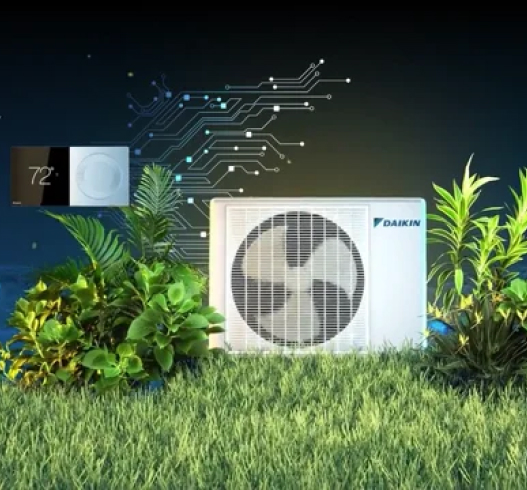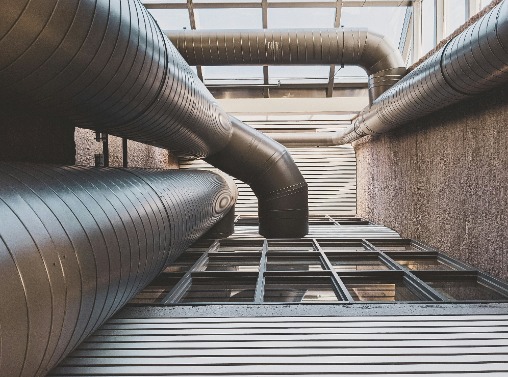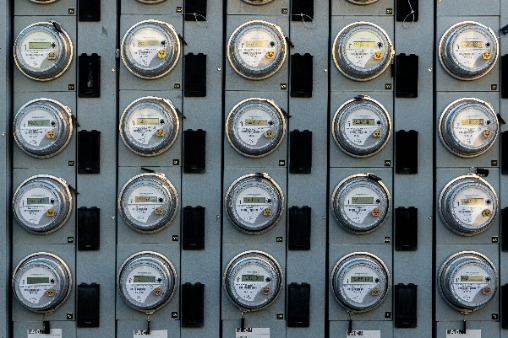5 Reasons: Why a New R-32 HVAC System May Outshine R-410A HVAC System Repairs?

As of early 2025, many North American air conditioners and heat pump systems utilized a refrigerant called R-410A. Because the refrigerant has been consistently and readily available, contractors may have recommended a repair, if appropriate, rather than a total replacement of the HVAC system. However, the heating, ventilation, and air conditioning (HVAC) industry is transitioning from R-410A to a new class of refrigerants with a lower Global Warming Potential (GWP), also known by industry experts as A2Ls.
Due to this transition, homeowners may soon face the question of whether to replace an individual component of their R-410A HVAC system, such as the compressor or coil, or to replace the entire system with a new air conditioner or heat pump that uses a low GWP refrigerant, such as R-32. While budget is typically the driving force behind a repair decision, there may be additional factors to consider when deciding on a replacement.
Here are five reasons why installing a new R-32 system is a smart long-term choice.
1. Energy Efficiency and Potential Incentives
Upgrading to a new R-32 refrigerant system is often a smarter long-term choice than repairing an older unit. With great energy efficiency, advanced technology, and access to rebates and incentives, the savings can quickly add up — helping to offset the initial investment, energy usage, and future maintenance costs.
• Energy Savings: R-32 refrigerant has about one-third the global warming potential (GWP) of R-410A, and it also offers energy efficiency. It is efficient at transferring heat. For example, the Daikin ATMOSPHERA with R-32 has up to 12% more cooling efficiency and up to 18% more heating efficiency than comparable R-410A LV Series systems. Such efficiency levels may help keep energy bills low.
• Advanced Technology: Daikin’s R-32 systems, such as the Daikin FIT, are designed with adaptive inverter technology that offers excellent performance, quiet operation, and consistent comfort. This means you’ll enjoy a comfortable home environment while also reducing your carbon footprint compared to fossil fuel-burning systems.
• Local Rebates: Rebates and incentives may be available for purchasing energy-efficient heating and cooling products, including certain heat pumps. These rebates are designed to encourage consumers to upgrade to systems that reduce energy consumption and greenhouse gas emissions, potentially saving homeowners significant amounts on their initial costs and long-term energy bills.
For more details, use Daikin’s rebate webpage, as rebate programs can vary by product and region.
• Government Incentives: The Inflation Reduction Act (IRA), signed into law in August 2022, allocates funding for financial incentives and tax credits to encourage the adoption of energy-efficient appliances, including heating and cooling systems like certain heat pumps.
The Inflation Reduction Act also expands and extends the Energy Efficient Home Improvement Credit*, providing consumers with financial incentives to make energy-efficient upgrades to their homes. Additionally, it includes rebate provisions for low- and moderate-income households, making it more accessible for a broader range of Americans to benefit from energy-saving technologies.
* Daikin Comfort Technologies Manufacturing, L.P. does not offer tax advice. This information is provided for discussion purposes only and is provided as a generic guideline. This information does not represent tax advice. Before filing for any tax credit with respect to any product, Daikin Comfort Technologies Manufacturing, L.P. recommends that consumers consult with a tax professional to determine the application of such credits to their situation.
2. The Future Unknown Cost of R-410A
As the phase-out of R-410A progresses, the availability of this refrigerant may dwindle, and the cost to service equipment with this refrigerant may rise, just like it did with R-22.1
In contrast, R-32 is widely used globally, with over 280 million units installed around the world. Numerous refrigerant producers manufacture it, and it has emerged as a popular choice among low-GWP refrigerants due to its high efficiency. Some alternative low-GWP blends may be proprietary to the companies that hold the patents, potentially limiting access and supply.
3. Future Availability of R-410A Heating and Cooling Equipment
If the laws of supply and demand are accurate and manufacturers are no longer allowed to produce R-410A equipment, the supply of R-410A HVAC systems and compatible components will become limited, and repairs could be expensive.
Investing in a complete R-32 system now helps reduce these potential availability and corresponding pricing concerns. Your home’s HVAC system would have the latest refrigerant and technology, and you can have peace of mind knowing the future availability of parts and equipment.
4. Warranty Benefits of Changing the Entire System
HVAC manufacturers typically require that their products be used in conjunction with compatible components to honor the warranty. Mixing an R-410A component with an R-32 system, or vice versa, not only poses safety issues but also complicates multiple warranty agreements.
Upgrading to a complete R-32 HVAC system helps ensure that the system's individual components work together seamlessly, as designed, providing optimal performance and efficiency. This also means that you’ll be covered by a new limited warranty, giving you peace of mind for years to come.
5. The Industry’s Transition to A2L Refrigerants.
As of January 1, 2025, heating and cooling manufacturers were no longer allowed to produce equipment that uses R-410A refrigerant.
This refrigerant transition was driven by regulations aimed at reducing the carbon footprint of HVAC systems, which account for approximately 20-30% of total energy use in buildings worldwide.2 Cooling alone, primarily through air conditioners and fans, constitutes roughly 10% of global electricity consumption.3 This percentage is expected to grow as demand for cooling rises, particularly in hot regions and developing countries.
While replacing only one component of your HVAC system with R-410A may be tempting, this short-term solution could lead to high costs and headaches down the road. With the HVAC industry’s transition to A2L refrigerants like R-32, there are many future unknowns with R-410A refrigerant-compatible equipment. This may be the perfect time to upgrade your home with an R-32 heating and cooling system.
1. Environmental Protection Agency, Phasing Out HCFC Refrigerants to Protect the Ozone Layer, Availability and Cost of R-22 https://www.epa.gov/sites/default/files/2015-07/documents/phasing_out_hcfc_refrigerants_to_protect_the_ozone_layer.pdf
2 Our World in Data, Energy Production and Consumption. https://ourworldindata.org/energy-production-consumption
3. International Energy Agency, The Future of Cooling, Opportunities for energy-efficient air conditioning, 2018 https://iea.blob.core.windows.net/assets/0bb45525-277f-4c9c-8d0c-9c0cb5e7d525/The_Future_of_Cooling.pdf
Access Daikin’s Repair or Replace Guide
In this article
Connect on Social Media
 Follow on Facebook
Follow on Facebook
 Follow on YouTube
Follow on YouTube
 Follow on Instagram
Follow on Instagram
 Follow on X
Follow on X
 Follow on TikTok
Follow on TikTok
 Follow on Pinterest
Follow on Pinterest

Looking for help now?
Enter your zip code to search for Daikin Contractors in your area.
Learn More
Learning Center Content
Stay informed about home comfort technology, when to upgrade, energy efficiency, and reducing your energy bills.





























